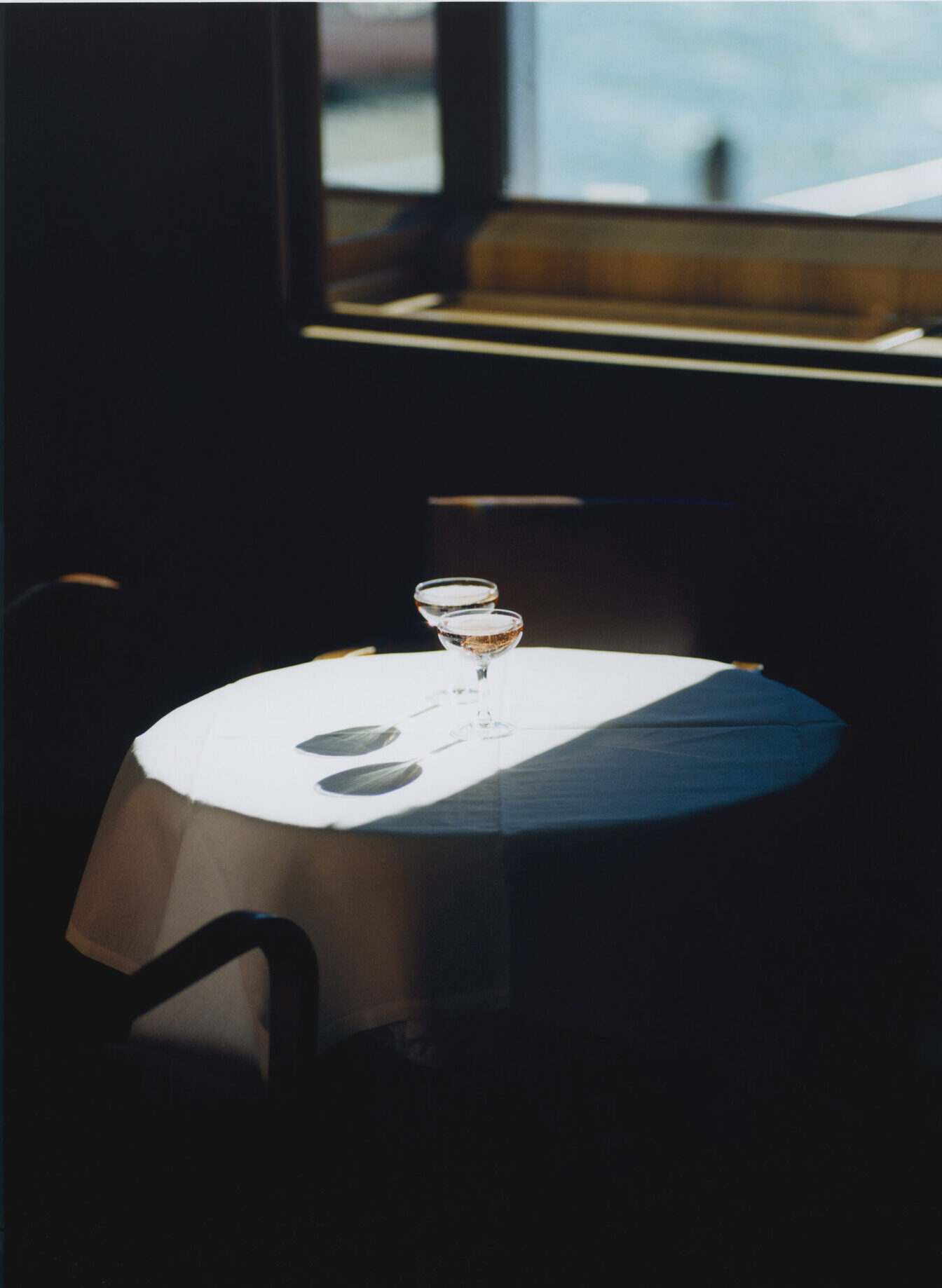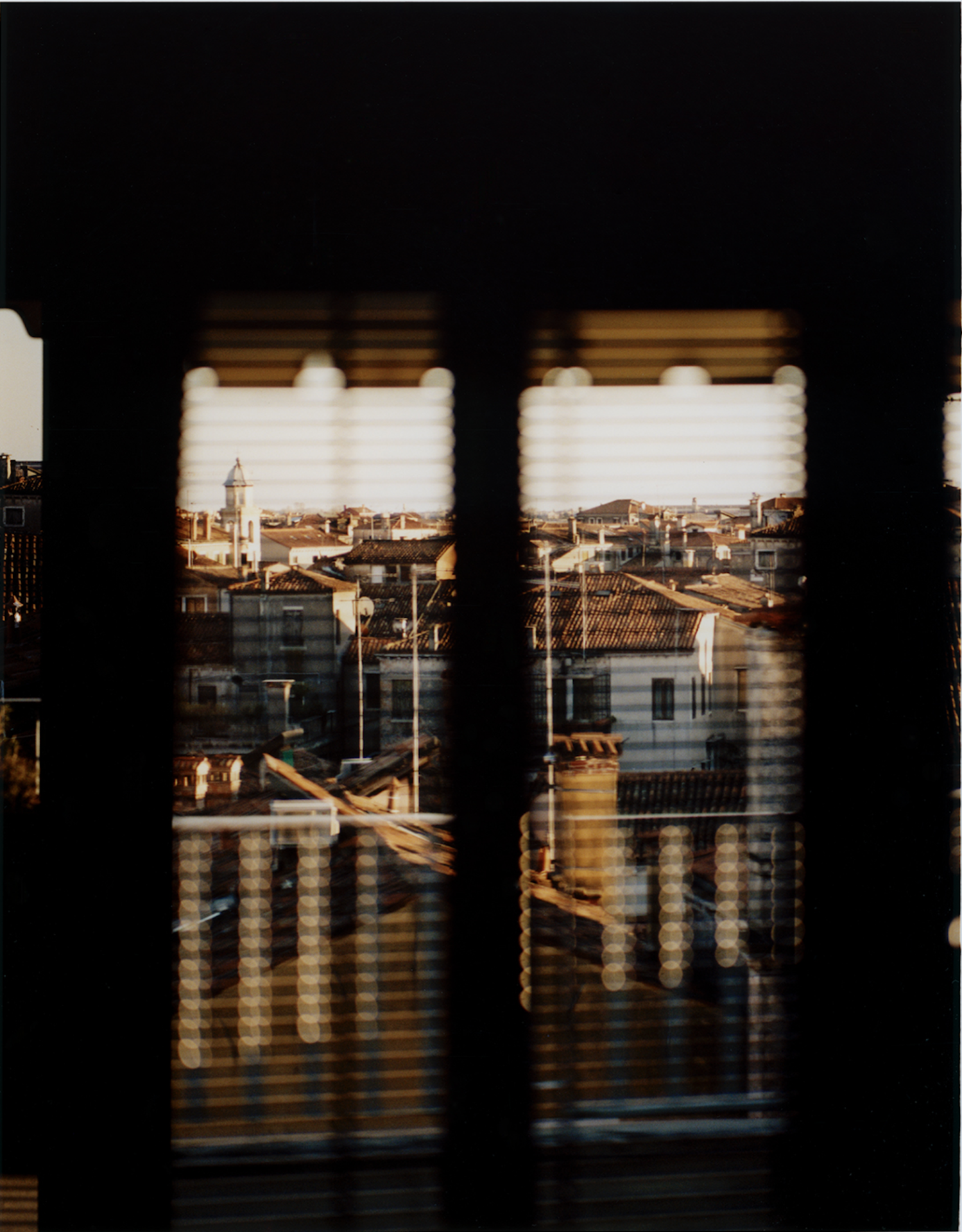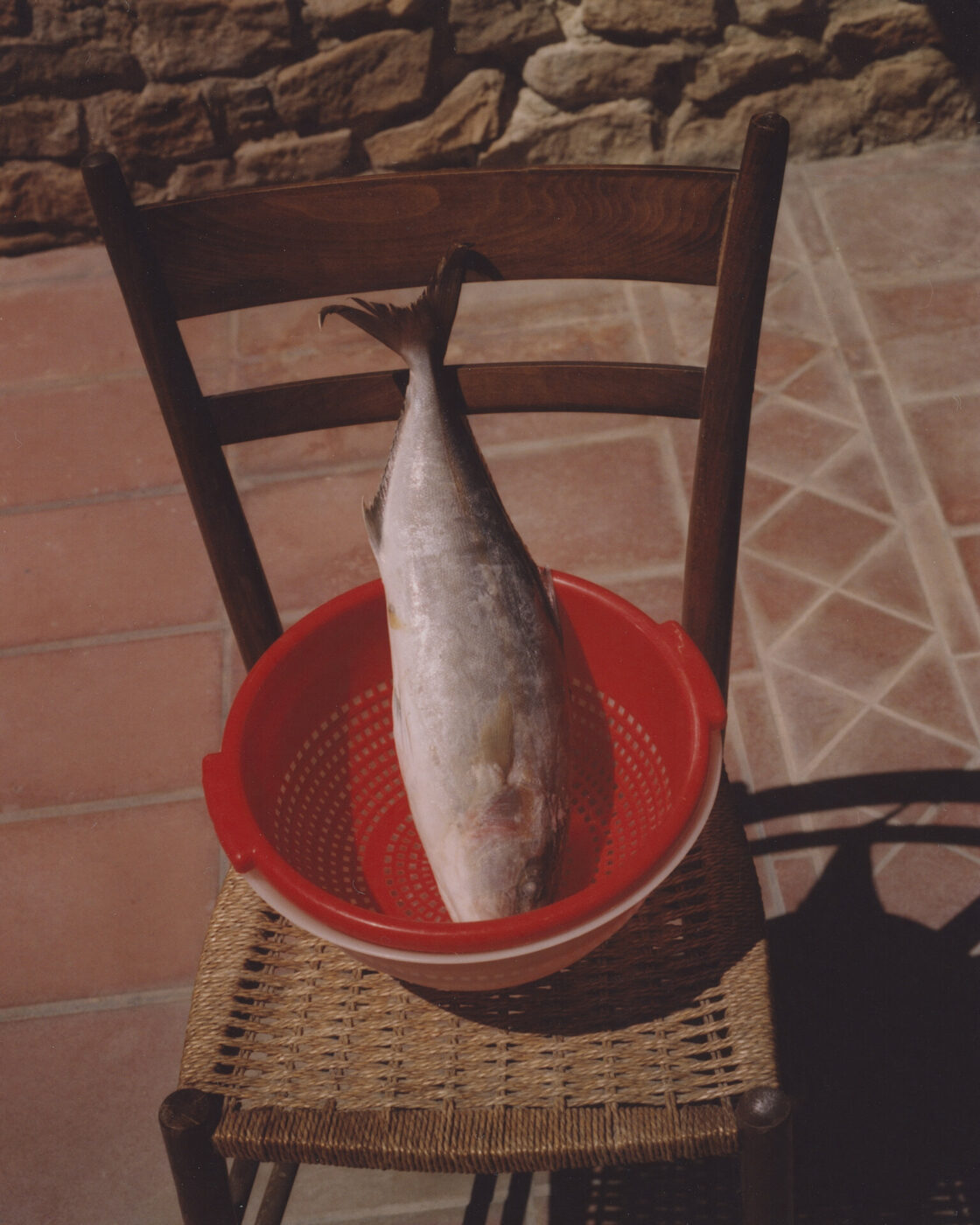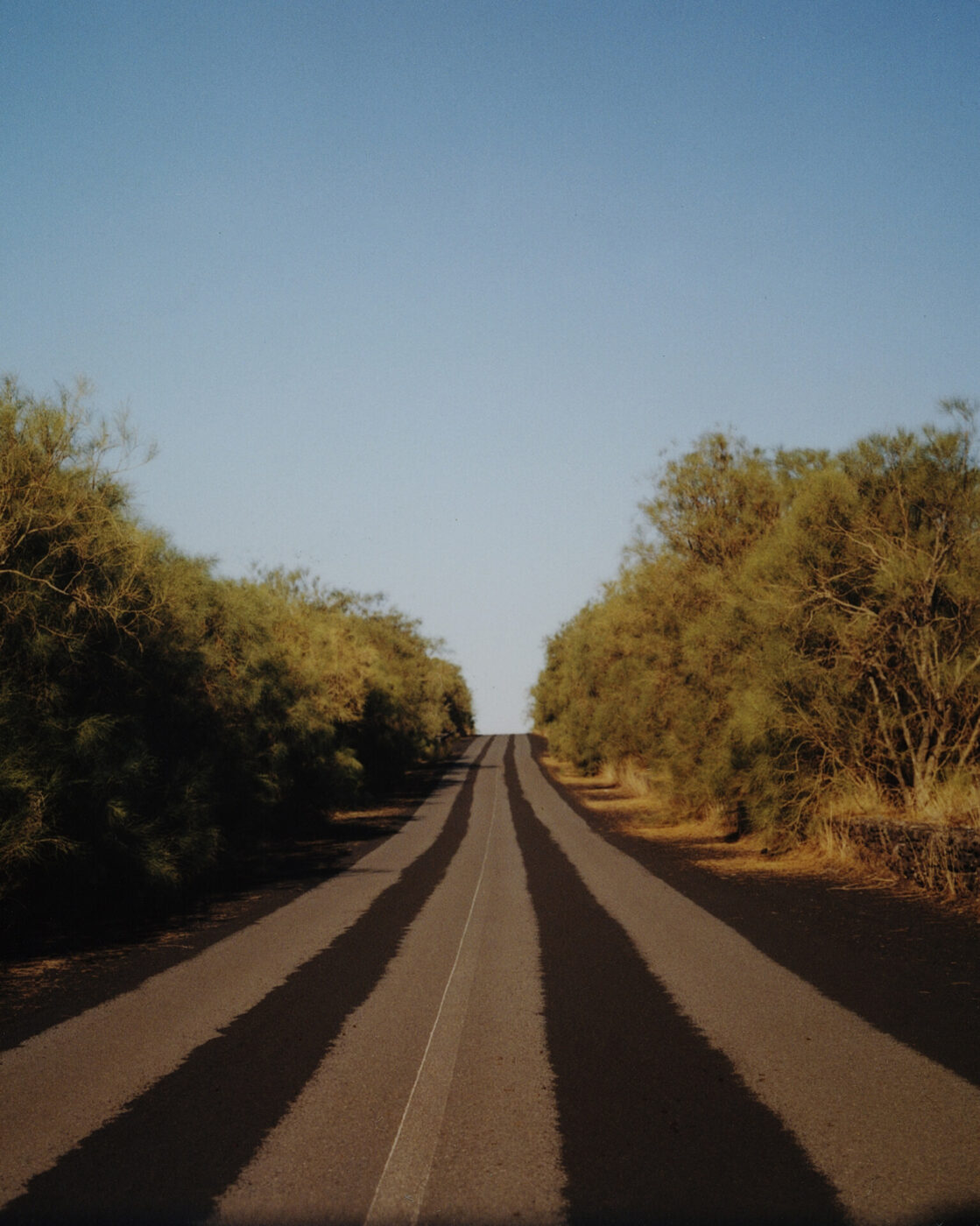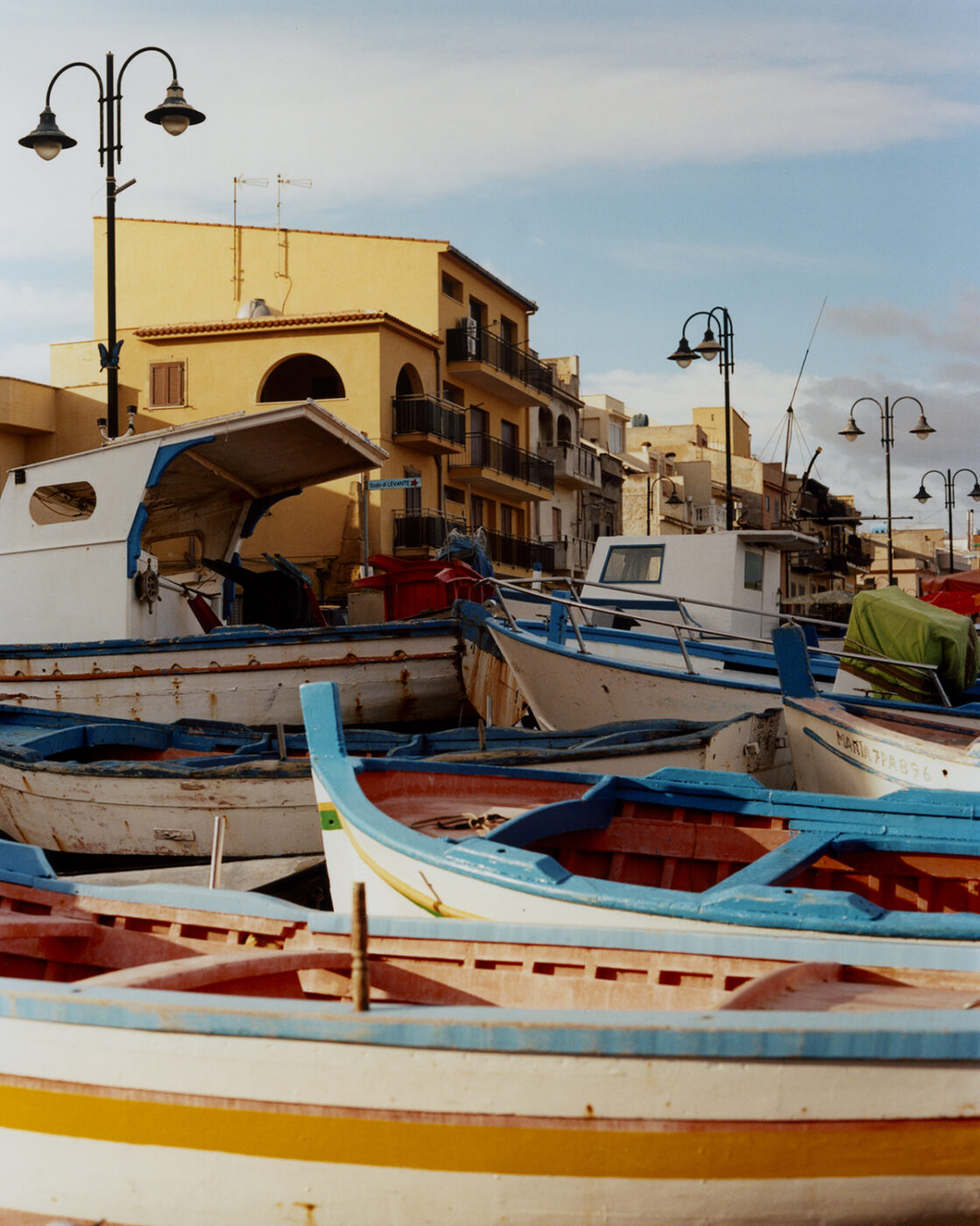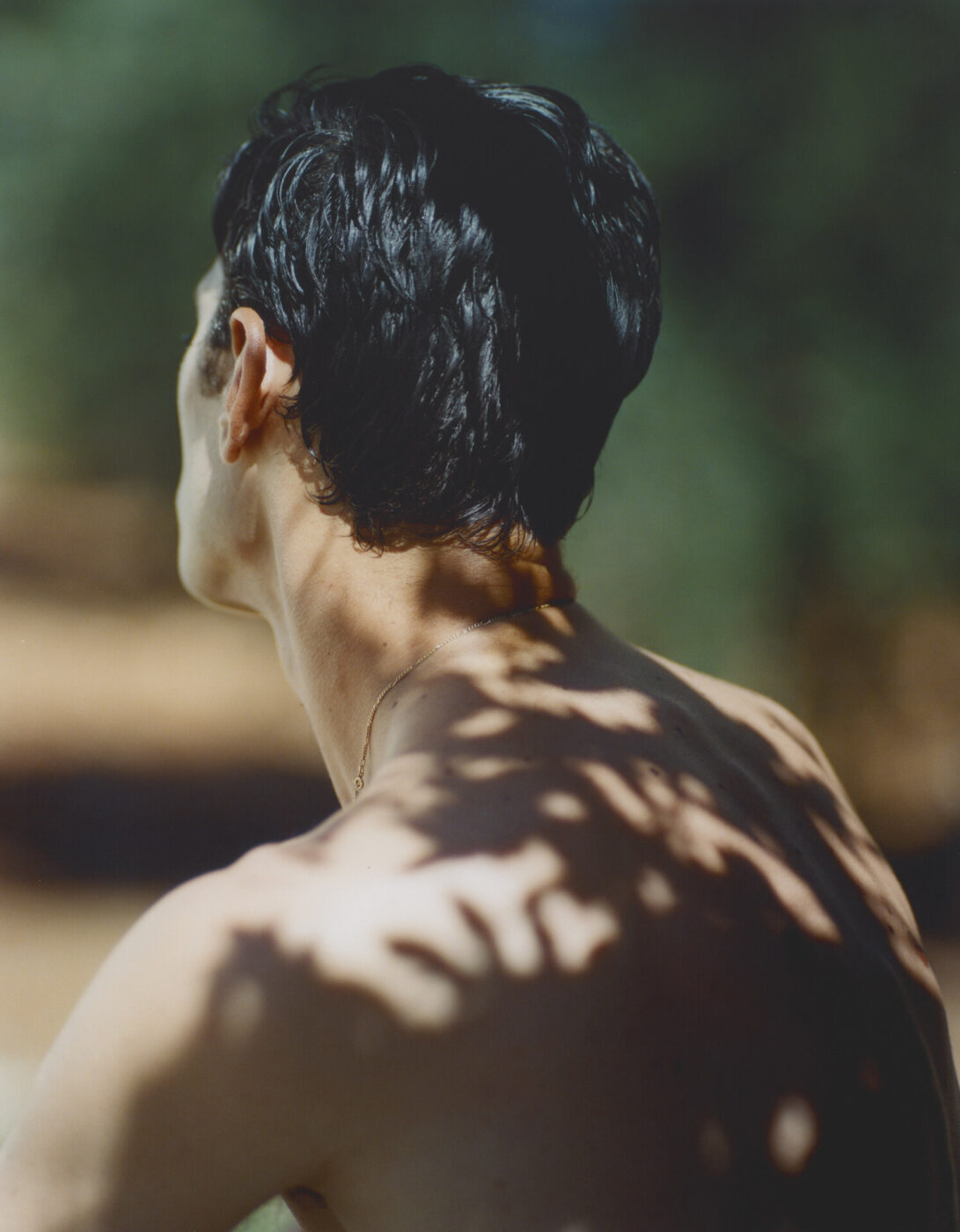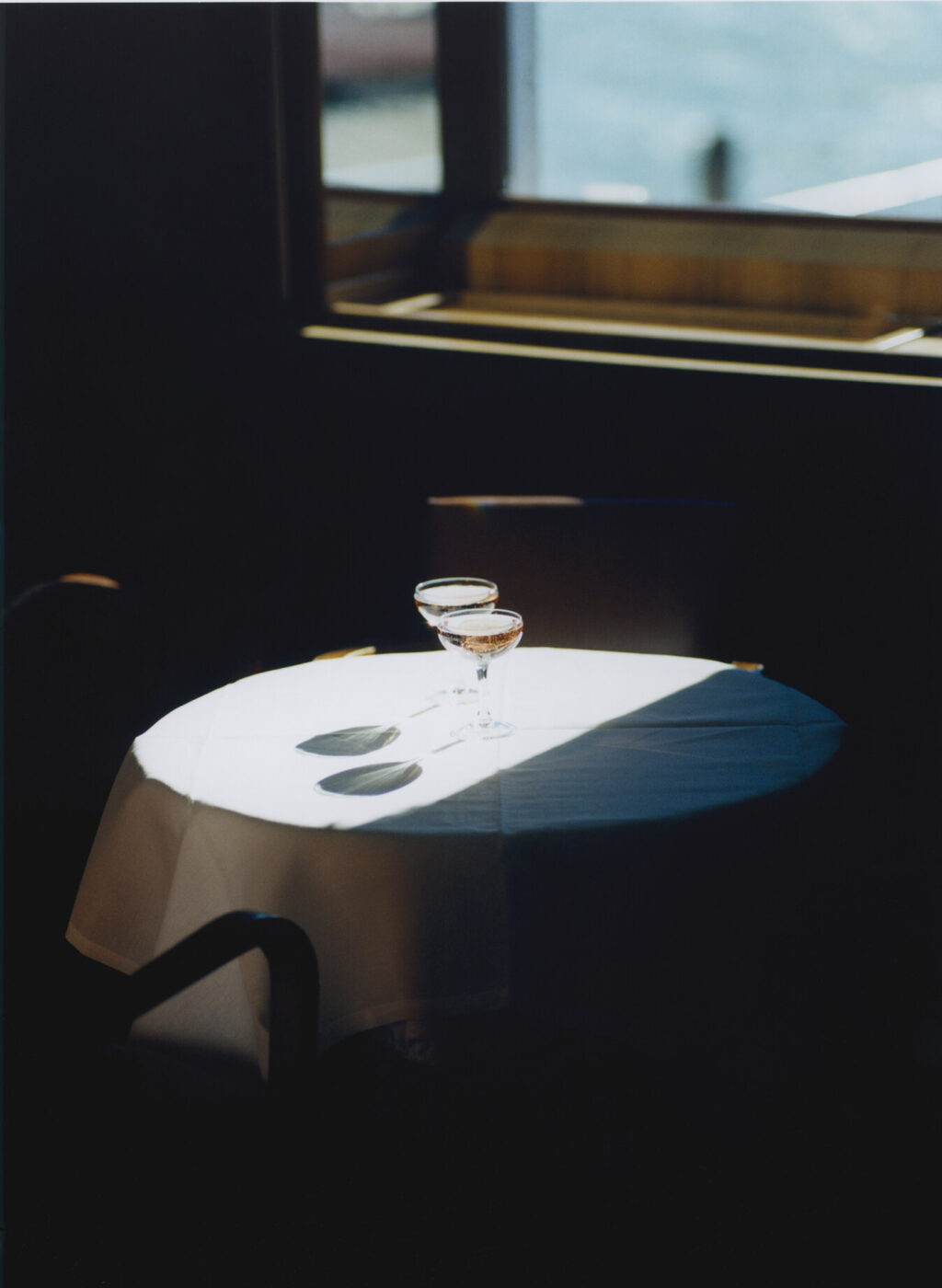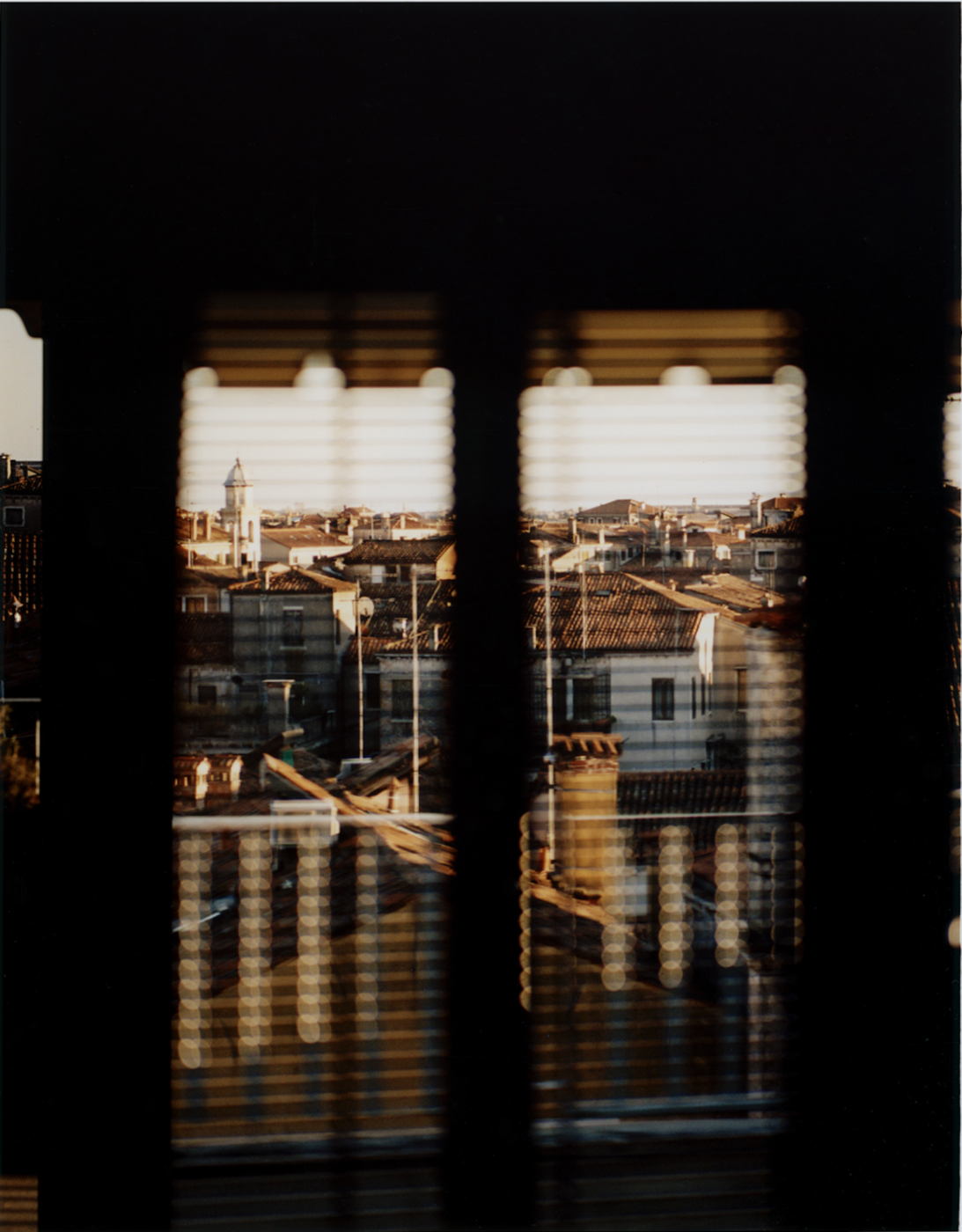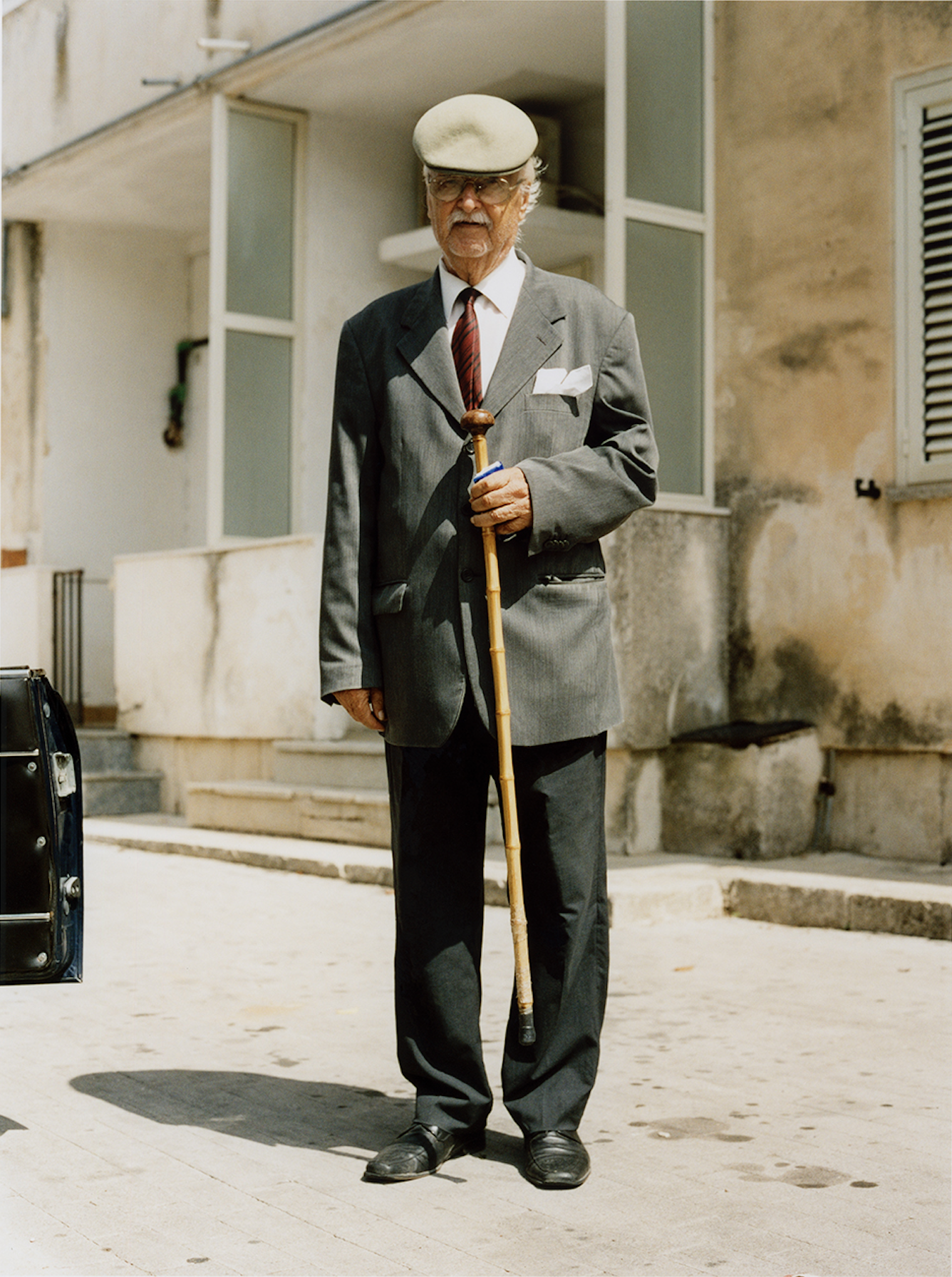
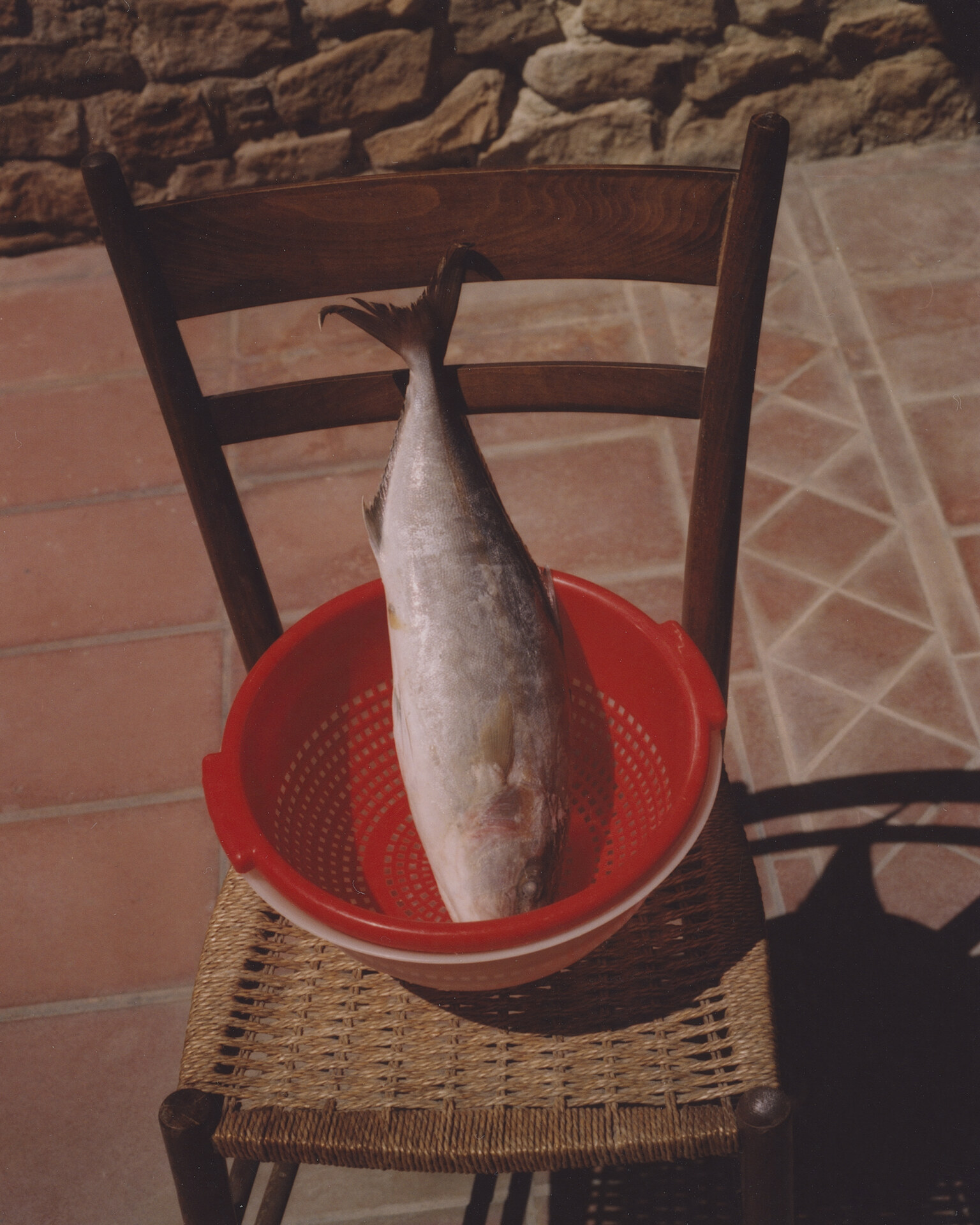
His passion for photography was born–as all the best things are–during an Italian summer in his teenage years. “My father gave me a 35mm film camera for my first trip alone to Sicily,” he recalls. “That’s when I took my first photos, mostly in black and white. Then, when I went back home [to Pisa], I went to develop them in my family friend’s dark room. That’s when I fell head over heels in love with photography. It was magical.”
Piro then went off to study the art form in Florence, where, rather than focusing too much on careers and commercial photography, the course took a more “philosophical approach”, delving into the subject’s history, artists, and techniques.
This, along with an innate eye for composition and harmony, has given Piro a unique approach to photography that is more reactive than it is preconceived. Rather than be holed up in a studio or following strict commercial briefs, his favourite images come from moments of complete freedom–the marker of a true artist, with an indisputably Italian, no-constraints approach.
“I’d say my photography is contemplative. What I enjoy the most is just going on a passeggiata, absorbing everything that is around me, with my camera by my side. It’s really as simple as: if I see something that I like, I’ll take a photo of it. It’s something completely unconscious–I’m not there thinking about how best to take the photo or about something specific I want to communicate.”
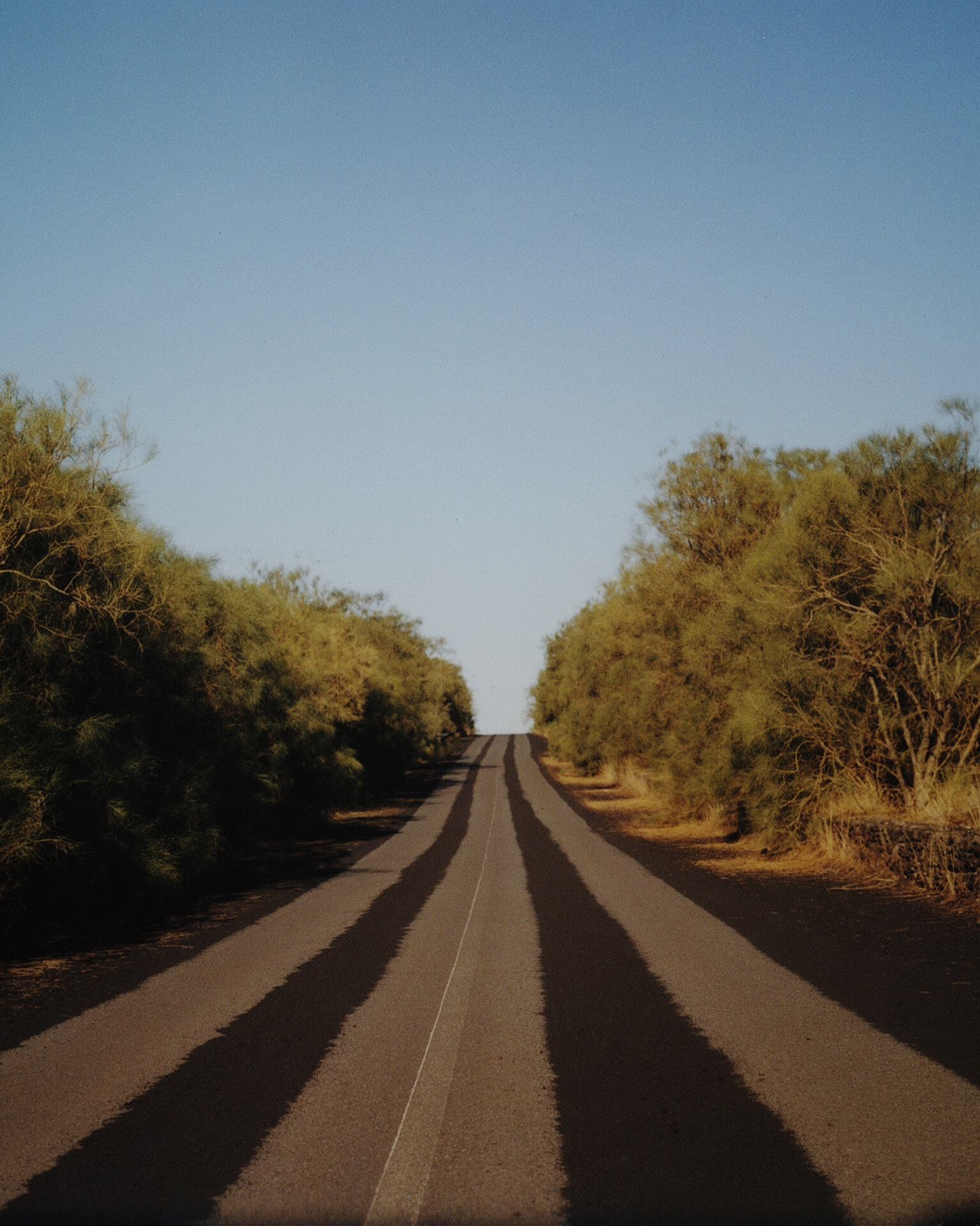

And as anyone who has visited Italy will well be aware, even the most mundane stroll will soon bring you face to face with something of astonishing beauty–and, through the lens of Piro, even more so. Anything from an assemblage of rickety old fishing boats in Palermo, a stretch of tree-lined road on Etna, or a couple of ripe lemons hanging from a tree to a corner of an abandoned villa on a foggy day become, in his hands, images worthy of framing.
Sicily in particular has provided Piro with endless inspiration over the years. “I have a very personal connection with Sicily because my mother is from Palermo, and I have been visiting regularly since I was born. A lot of my visual education comes from there; it’s a place of strong contradictions, which I find fascinating. I love that you can see the complexity of Sicily’s history just by looking at its architecture; there are so many different styles side by side, and dilapidated houses alongside beautiful modern buildings.” Piro continues, “One of my favourite places is Gibellina, a town that was destroyed by an earthquake and rebuilt in the 70s with the aim of becoming a kind of home for artists. But it was never repopulated and has instead been desolate ever since. Now, there are just these slightly mad buildings sitting empty, surrounded by nature. The result is completely magical, and I couldn’t help but take some amazing photos there.”
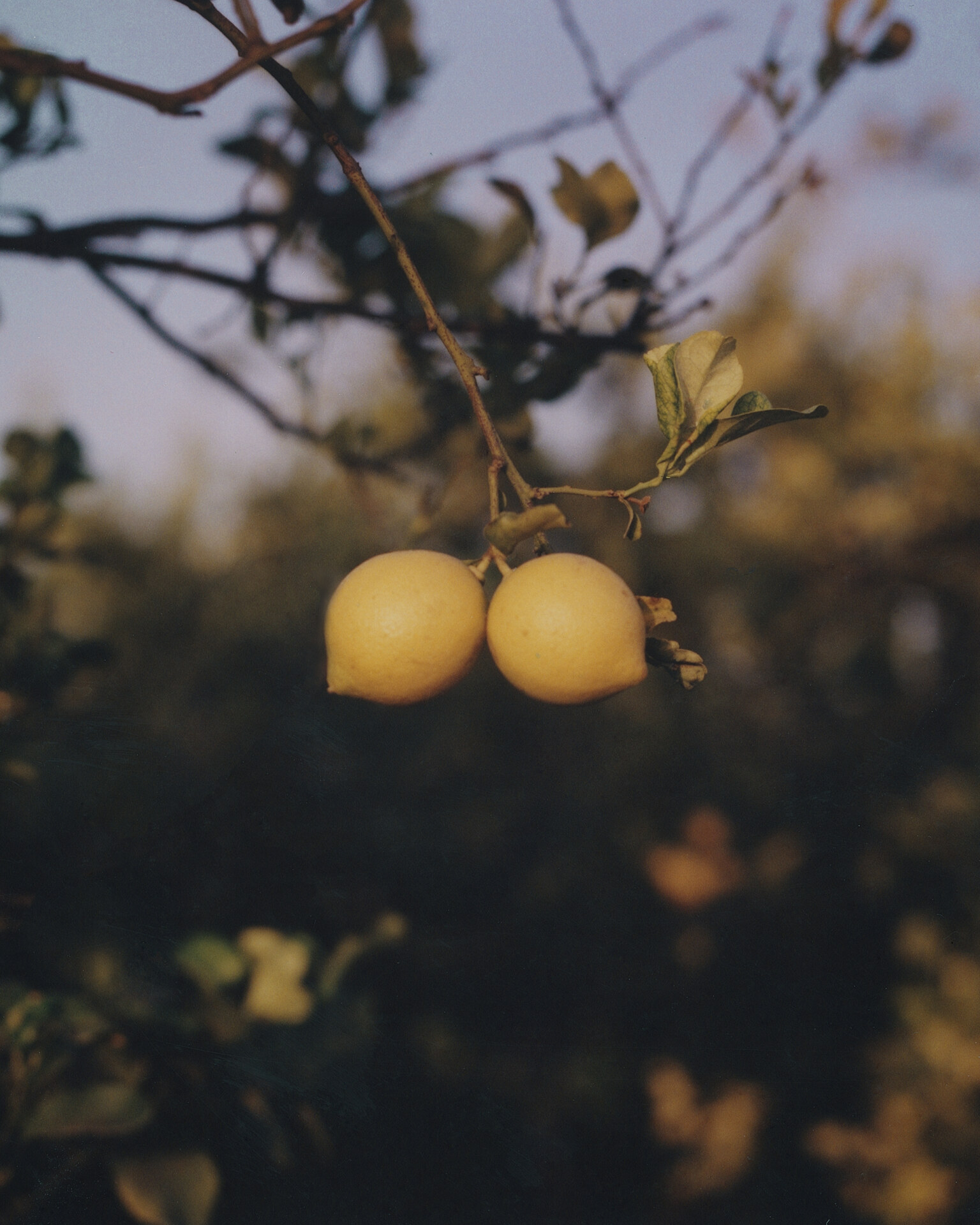
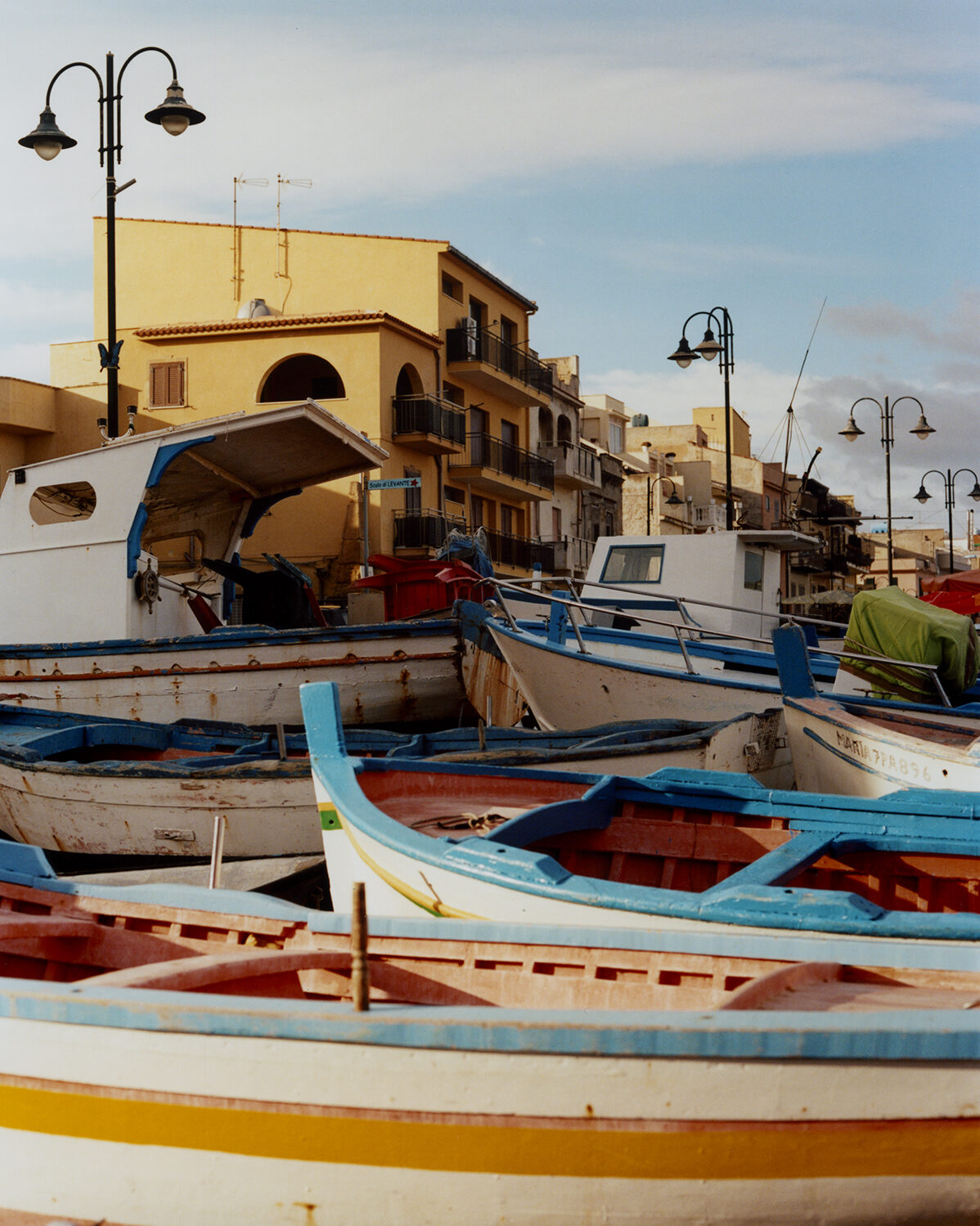
His talent lies in spotting the details that might otherwise so easily go unnoticed. “I’m not looking for that Italian postcard scene of classic monuments, or things that are cool and trendy,” he explains. “I like what is more silent and still, things that no one else would look at. I want to place someone’s focus on what they may not have noticed otherwise. It’s the details and the small things that, to me, tell a story and are most fascinating of all.” In Como, for example, where most might focus on the Bond-esque lake-front palazzi, Piro instead picks up the striking forms of Rationalist architecture; in a town on Etna, he captures electric wiring that beautifully frames the smoking volcano; and while on holiday in Puglia, he photographs a friend’s back patterned with the shadows of foliage.
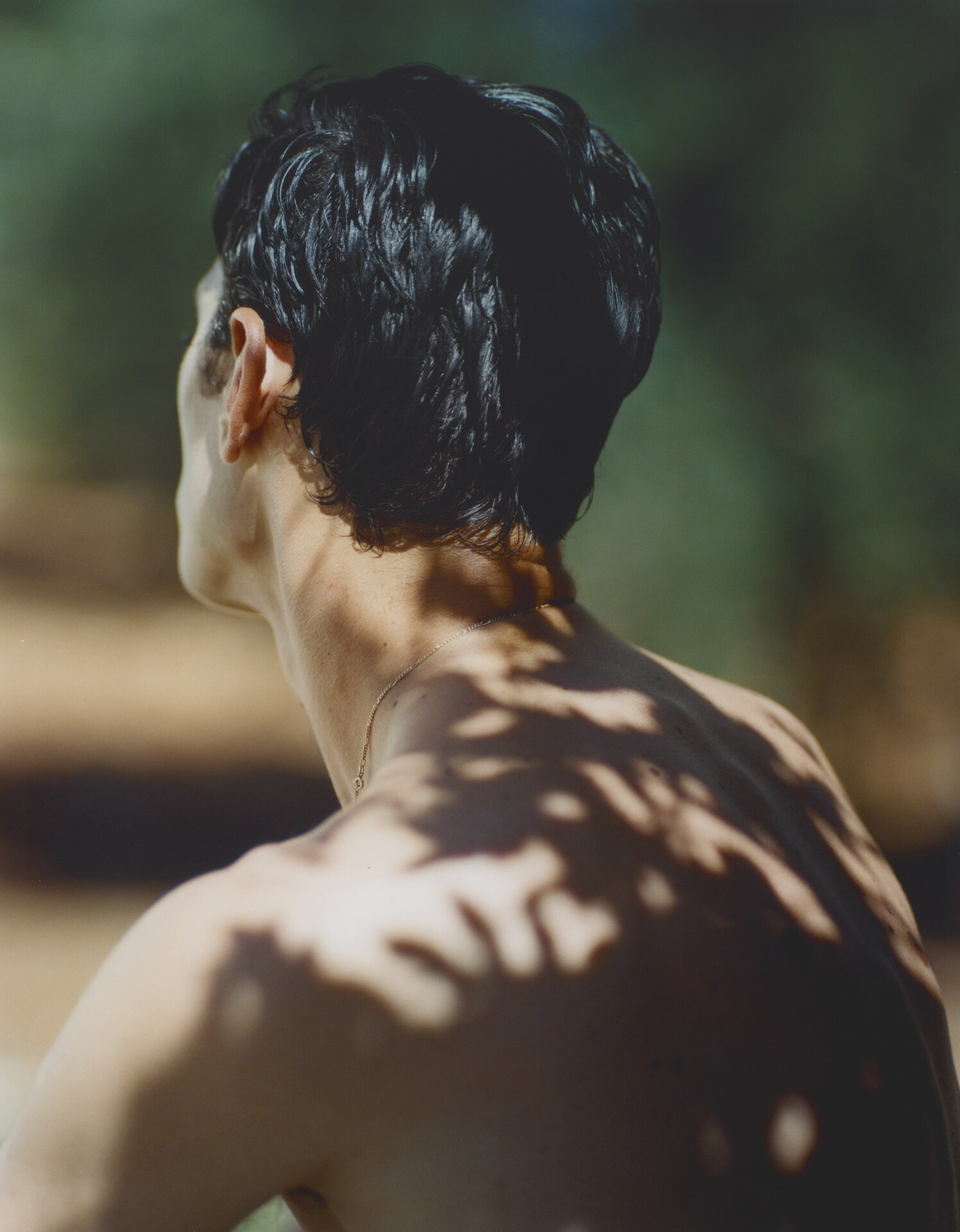
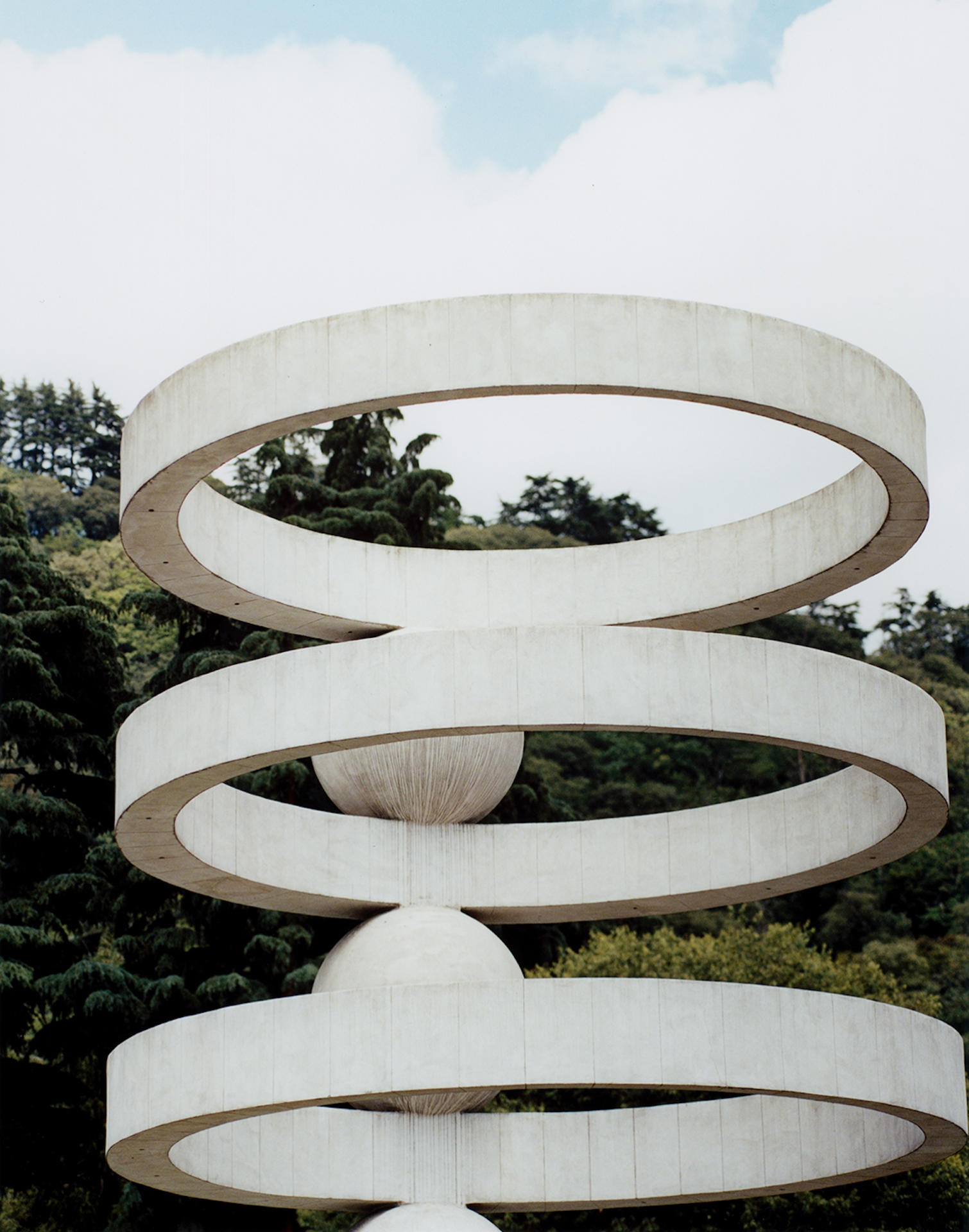
But while an image of a glorious countryside field or misty beach at sunrise could have been taken in most any beautiful corner of Europe, it is the light that makes each scene so unmistakably Italian. “I see photography as a way of writing with light, and it’s something I’ve been fascinated by ever since I was a child,” says Piro. “I grew up in Tuscany, where the light is particularly special. I remember spending hours and hours just looking at the trees, observing how the light changed and transformed silhouettes as the day passed.”
The light that Piro most enjoys capturing, it seems, is that of Italy’s summer months—and understandably so. For whether in Tuscany or elsewhere, the heat and humidity lend the light a certain softness, blurring its edges and creating a series of muted “half-colours” that make for a particularly dream-like, hazy look.
Indeed, there is something distinctively nostalgic and strangely recognisable about many of Piro’s images. The shadow on a wall in Cefalù; a tangle of wildflowers on the side of the road; a sunset in Mondello; two sun-dappled Martinis on a little round table at Harry’s Bar in Venice; a vintage-style sign for the beach; the view through the persiana (blinds) of a city window… Each is somehow thoroughly specific and entirely non-specific all at once; whether or not we have visited those exact spots, we know the feelings, the light, and the beauty they evoke all too well. Vague memories of Italian summers past, lives lived (or imagined), and edges of distant dreams resurface in his photos. And it is in their stillness and their silence that Piro’s photographs have the biggest power of all.
